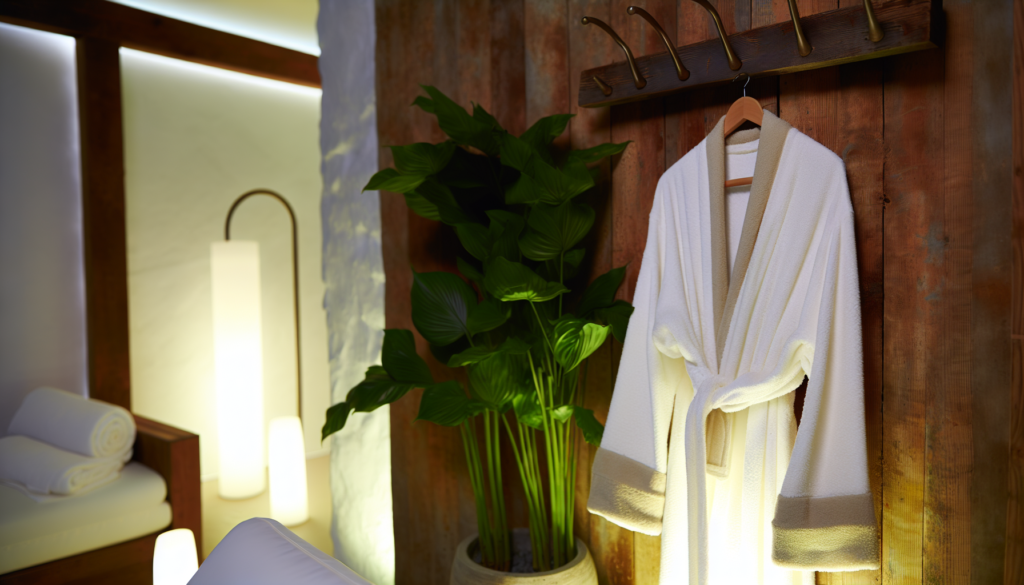Having combination skin can feel like a constant juggling act. One minute, your cheeks are begging for moisture, and the next, your T-zone feels like an oil slick. It’s enough to make you wonder if your skin will ever just behave. But here’s the good news: achieving clear skin with combination skin isn’t impossible—it just takes the right approach. Instead of battling opposing needs, think of it as creating harmony. With a few smart skincare habits, you can balance oiliness, hydrate dry areas, and keep breakouts at bay. Let’s break it down step by step.
Understand Your Skin’s Unique Needs First
Combination skin isn’t one-size-fits-all. Some people deal with mild dryness on the cheeks, while others constantly blot their forehead by midday. What’s important is recognizing where your skin leans oily versus where it tends to dry out. The easiest way to check? Wash your face, wait about an hour with no products, and observe where shine develops versus where your skin feels tight. This helps you choose the right products without blindly guessing.
Gentle Cleansing Is Your Best Friend
Cleansing is the foundation of any routine, but when you’re dealing with multiple skin types on one face, balance is key. Choosing a harsh cleanser may control oil—but it could strip your skin and make dry areas worse. Meanwhile, a super hydrating cleanser could leave your T-zone feeling greasy.
Instead, go for a gentle, sulfate-free cleanser that removes dirt without over-drying. Look for ingredients like:
- Salicylic acid (to keep pores clear and prevent breakouts in oily areas)
- Glycerin or hyaluronic acid (to maintain moisture where skin needs it most)
- Gel or foaming formulas (which cleanse effectively without leaving residue)
Avoid alcohol-heavy cleansers, as they can dry out your skin and cause an oil rebound effect—where your skin tries to compensate by producing even more oil.
Exfoliate—But Not Too Much
Exfoliation is crucial for keeping dead skin cells from clogging pores, but too much can irritate your drier areas while prompting extra oil production in your T-zone. A balanced approach is best.
- Use a gentle chemical exfoliant (like glycolic or lactic acid) 2-3 times a week.
- Avoid physical scrubs with large, rough particles—they can create tiny tears in your skin.
- If certain areas (like your T-zone) get congested, consider using a BHA (beta hydroxy acid) specifically there.
Exfoliating regularly but not excessively helps maintain clear pores without disrupting your skin’s natural barrier.
Hydration Without the Heavy Feeling
When people hear “moisturize,” they sometimes assume every product is thick and heavy. But with combination skin, you need hydration that won’t clog pores.
Lightweight, oil-free moisturizers are your best bet. Look for:
- Gel-based or water-based formulas (like ones with hyaluronic acid)
- Niacinamide (which helps regulate oil production)
- Ceramides (which strengthen your skin barrier)
If your cheeks are significantly drier than your T-zone, you can apply a slightly richer moisturizer there while keeping the lightweight formula for oilier areas. Think of it as spot-treating dryness without suffocating the rest of your face.
Tailor Your Treatments
One of the best things you can do for combination skin is multi-masking. Instead of using the same mask all over, try applying clay-based masks to your T-zone and hydrating masks to dryer areas. This custom approach ensures each part of your face gets exactly what it needs.
For breakouts, spot-treat with:
- Benzoyl peroxide (to kill acne-causing bacteria)
- Tea tree oil (a natural antibacterial alternative)
- Hydrocolloid patches (to help shrink pimples overnight)
For dry patches, use a nourishing overnight mask or a few drops of squalane oil.
Sun Protection Isn’t Optional
If every skincare tip had a golden rule, wearing sunscreen daily would be it. Not only does it prevent premature aging, but it also keeps hyperpigmentation and acne scars from getting worse.
For combination skin, stick with:
- Lightweight, oil-free sunscreens
- Gel or fluid-based formulas (which absorb quickly and don’t feel greasy)
- SPF 30 or higher
Mineral sunscreens with zinc oxide can help control excess shine while also soothing sensitive areas.
Watch Your Makeup Choices
Your skincare routine plays a huge role in achieving clear skin, but your makeup choices matter just as much. Heavy, pore-clogging foundations can wreak havoc—so opt for non-comedogenic, breathable formulas.
- Use mattifying primers in oily areas but hydrating primers where skin is dry.
- Choose lightweight, oil-free foundations or tinted moisturizers.
- Always remove makeup completely before bed to prevent clogged pores.
A double cleansing method—starting with a cleansing balm or micellar water before your regular face wash—can ensure you’re removing every last bit.
Consistency (Not Perfection) Is Key
The truth is, your skin will have good days and frustrating days. Hormones, weather, stress—it all plays a role. What matters most is sticking to a routine that nourishes your skin rather than fighting it. A consistent regimen with gentle, balanced products will always beat chasing after every trending miracle cure.
When all else fails, listen to your skin. Some days it needs extra hydration; other days, a deep cleanse. The better you get at tuning in, the clearer and healthier your complexion will become.







